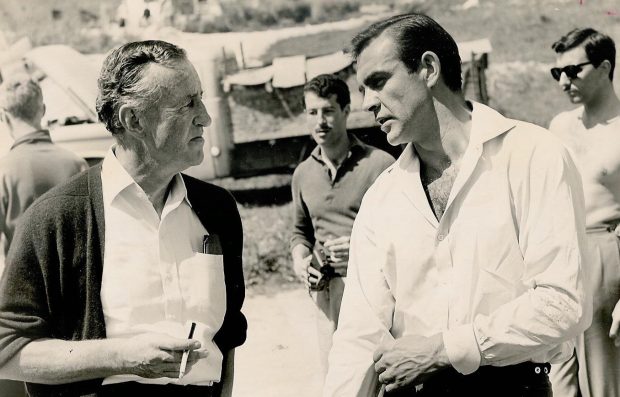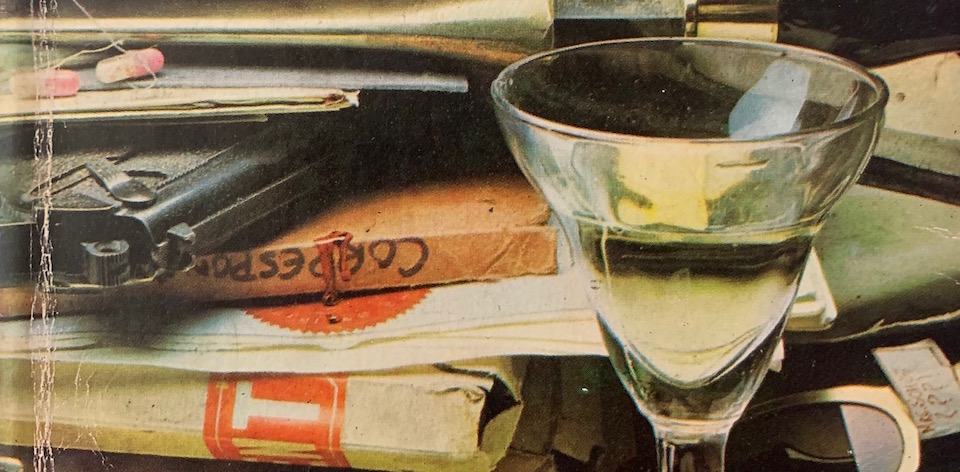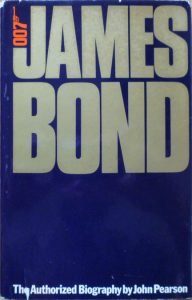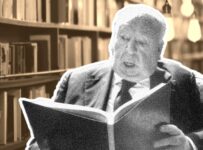Bond. James Bond. Is there a name more synonymous with spying, tuxedos, and shaken cocktails than the British secret agent? Join me as I read all of the James Bond books in 007 Case Files, encompassing Ian Fleming and beyond. For Your Eyes Only: there’s potential spoilers ahead.
James Bond is alive. At least he was for the general public, and by 1973 he’d been crafted into an international icon through books, film, and other merchandise. Writer John Pearson kept him alive in another way, with one of the more obscure entries in the series.
At the time JAMES BOND: THE AUTHORISED BIOGRAPHY OF 007 (henceforth JAMES BOND) was released, Pearson was known for his non-fiction. In fact, his previous works included a biography of Bond’s creator with The Life of Ian Fleming (1966), and The Profession of Violence: The Rise and Fall of the Kray Twins (1972), for which he was nominated for an Edgar Allan Poe Award.
Pearson approaches JAMES BOND with a biographer’s eye. However, unlike fellow Bond writer Kingsley Amis’ James Bond Dossier (1965), this is less an analysis of the character than it is of the man behind the character. Not Ian Fleming, of course, but the real James Bond who inspired the character. Wait…what?
The strange conceit sees Pearson track down James Bond, who in this metafictional biography turns out to be a former colleague and friend of Fleming and the inspiration for the books. The character of Bond was created to throw enemy agents off the scent, and there’s the suggestion that both Fleming and Bond came to benefit from and ultimately loathe the creation they shared.
The series had already taken its first steps post-Ian Fleming with Colonel Sun, and Roger Moore was about to begin his 12-year tenure as the third official screen Bond. Yet this book is more backwards-looking and introspective in its outlook, partially acting as an excuse to go back through some of Bond’s greatest hits but also to explore some of that connective glue in between the novels. The brief biographies Fleming includes in You Only Live Twice and Octopussy are fleshed out, often contradicting and sometimes complementing the original works.

Pearson’s style mirrors Fleming to some extent, with nods to both Bond and his creator’s particular obsession with food. Yet Fleming’s short and punchy style gives way to a catalogue of facts and dates, and occasionally descriptive vignettes of dalliances between known adventures. Old friends and foes turn up again, the most interesting of which is appearance of Honeychile Schultz, the widowed Honey Rider who was on the prowl for husband number three. This partly contradicts Fleming’s own contention that she married a surgeon named Wilder and moved to Miami.
All of which means that the canonicity of JAMES BOND is dubious at worst, and part of a Bond Multiverse at best. It’s far more interesting to see how Pearson analyses Bond through the women in his life, suggesting that he’s inadvertently let his guard down around Honey to the point that they are basically a de facto married couple at this point. Pearson also explores Bond’s romances with Vesper Lynd and Tracy di Vicenzo, scratching under the surface of his indifferent exterior.
Which is where JAMES BOND is at its most intriguing, an extended character profile that shows the secret agent as a fragile human being. Fleming occasionally touched on Bond’s desire to leave the service, and tiring of the relentless killing, although it was usually cut off by M. calling him a “lame brain” and sending him off on another assignment. That fractious relationship serves as a dangling thread all throughout Pearson’s biography, even if it wraps up anticlimactically.
True to form, just as we deal with “the truth about M,” Bond is called back into duty to hunt down giant rats in Australia, promising to return to Honey after the adventure. (Now that is a book I’d happily devour). One can assume that the semi-retired Bond stayed in the life, although the idea of him settling down with Honey in domestic bliss has a certain romanticism to it. Meanwhile, Pearson would go on to repeat this experiment with fictional tie-ins to Upstairs, Downstairs (in The Bellamys of Eaton Place) and Biggles: The Authorised Biography (1978). Perhaps, like Bond and his fictionalised Fleming, Pearson was unable to escape the worlds he’d created.
James Bond will return in…James Bond, The Spy Who Loved Me (redux)





